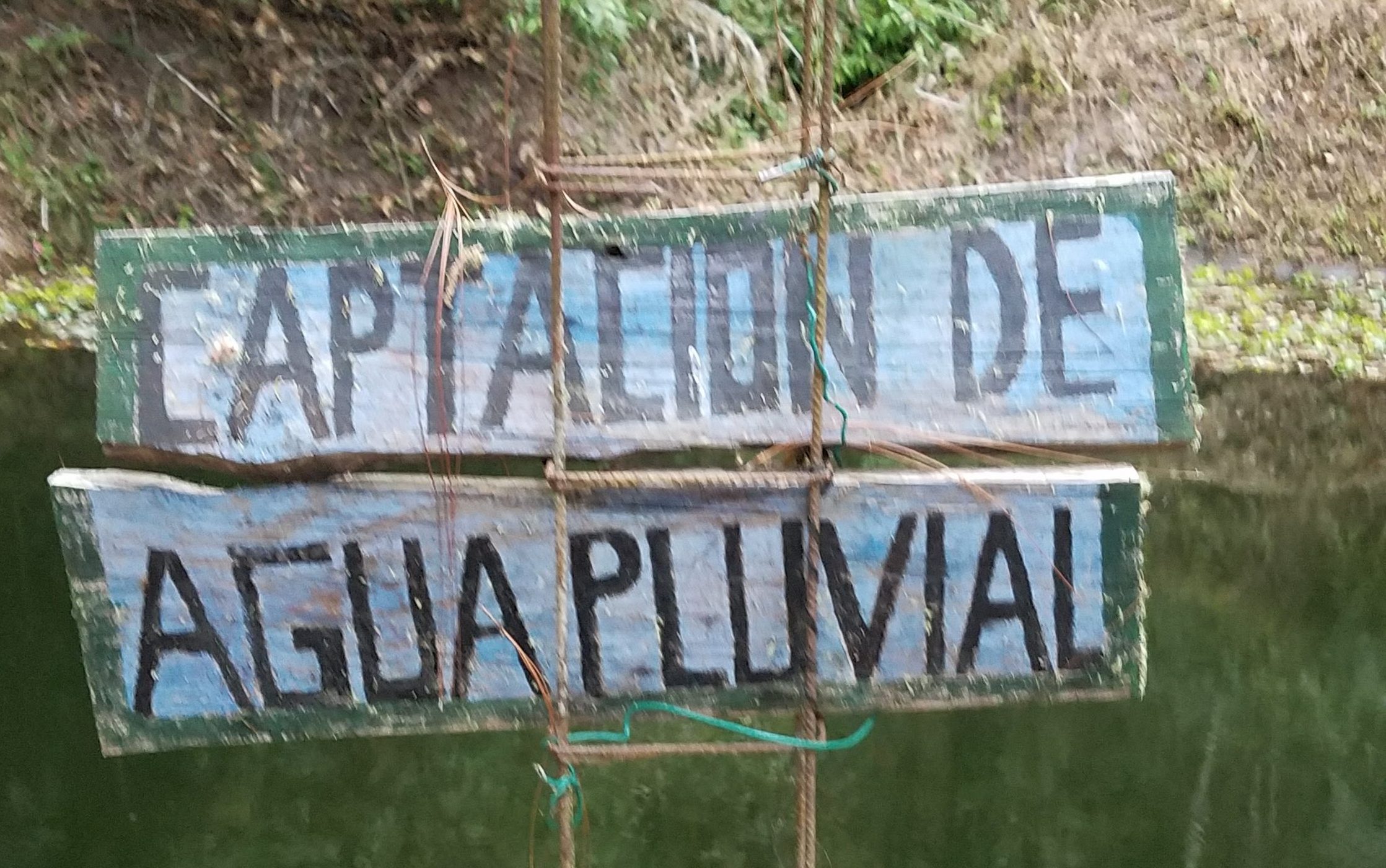The state of Oaxaca, Mexico might not be the first place I think of when I am considering innovative sustainability strategies, but, as the Bard CEP class of 2019 found out, it’s full of surprises. One such surprise was the Rancho Alternativo, a small business run by an indigenous family in the Sierra Sur mountains.

Here we saw practices such as superadobe, dry toilets, a pine nursery, milpa crops, worm composting, drip irrigation for tomatoes, and an earthen dam. We started the afternoon with a lunch in a superadobe home under construction. Superadobe is made from compacted earth, calcium carbonate, and water, all of which are locally sourced. Houses are then painted white with a mixture of cactus resin and calcium carbonate to reflect the sun’s rays and keep them a consistent temperature. The cost of materials is cheap and local, but labor is costly. The ranch gets laborers from the community, helping the local economy by distributing wealth to local families.
We then took a closer look at the ranch’s farming operations. The family focuses on milpa, a technique of seasonally growing corn, beans, and squash. The ranch’s milpa crop is fully organic because the family uses biofertilizer, microorganisms, bokashi compost, and applied minerals. We also examined the drip irrigation in the tomato greenhouse, which allows more precise water use and reduces wasted water. The tomatoes are grown with the same organic components as the milpa.
Lastly, we took a short walk through thick brush to the small earthen dam built to contain water for the ranch. This dam allows the ranch to be self sustaining, instead of having to rely on water from the community. Not only does this help in a small way to alleviate regional water scarcity, but it also provides the ranch with an asset that makes it more resilient.
At the end of the trip, our group sat on the platform that served as part of the roof of the superadobe house and waited for the collectivos to pick us up. The view from the roof was breathtaking, and we watched the clouds move slowly across the valley between lush green mountainsides. I realized that the platform could very well have been built for the same purpose that drives the sustainability practices of the ranch: the love of nature.
